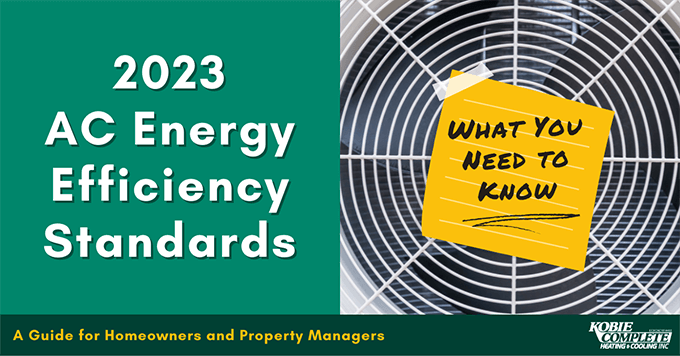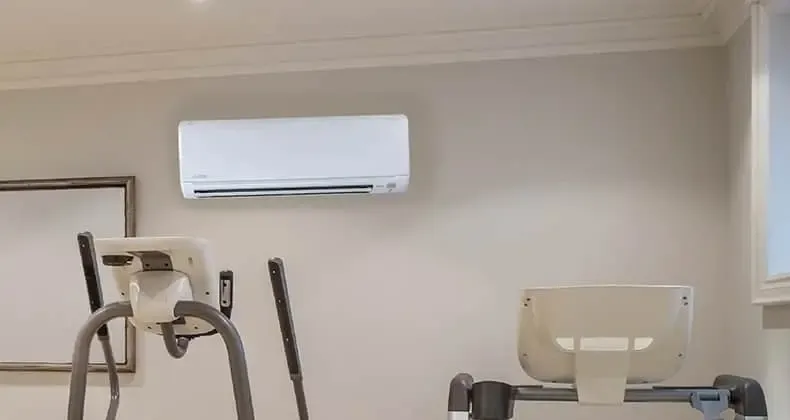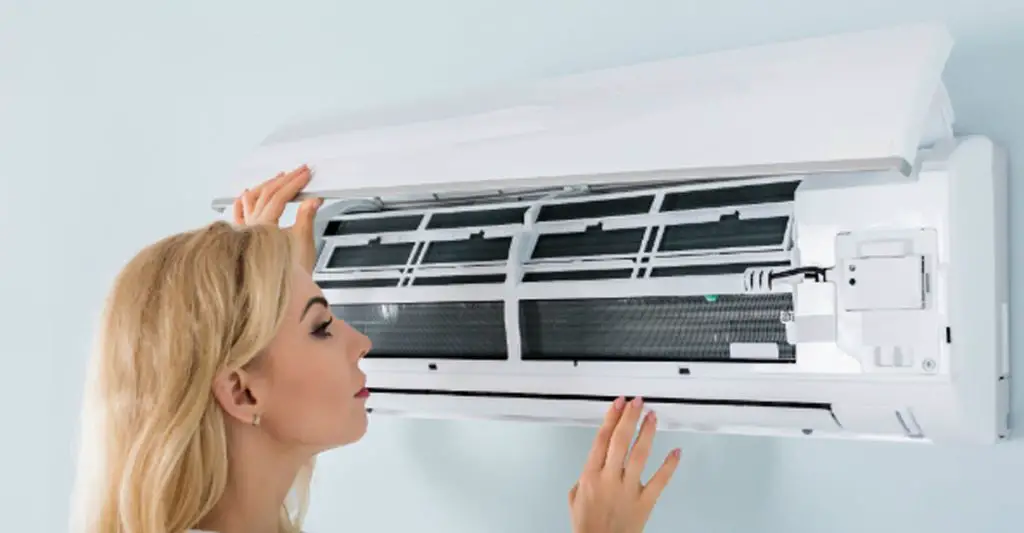A small duct high-velocity HVAC system includes an outdoor heat pump unit and an indoor blower-coil unit with a larger coil for refrigerant management. This system offers efficient heating and cooling, utilizing smaller ducts and high air pressure.
It is designed to adapt to older homes, custom homes, and smaller spaces without compromising comfort or efficiency. Small duct high-velocity HVAC systems, such as UnicoSystem and SpacePak, focus on eliminating dead zones and cold spots in homes, ensuring even temperatures throughout.
These systems are ideal for spaces where traditional HVAC units may not fit or are less efficient. With high air pressure and smaller ducts, they provide effective heating and cooling while maintaining comfort and aesthetics.

Credit: kobiecomplete.com
Components Of Sdhv System
What is a small duct high-velocity HVAC system? A SDHV heat pump system consists of:
Outdoor Heat Pump Unit
The outdoor heat pump unit is a key component that provides heating and cooling functionalities for the SDHV system.
Indoor Blower-coil Unit And Duct System
The indoor blower-coil unit and duct system include a larger coil for refrigerant management and a back-up heat source.

Credit: www.amazon.com
Design And Installation
A small duct high-velocity HVAC system is a heating and cooling system that uses smaller, more efficient ducts and vents. It provides higher air pressure and is suitable for small spaces without compromising comfort or design. With a conventional outdoor heat pump unit and an indoor blower-coil unit, this system ensures efficient temperature management.
Explore the benefits of the small duct high-velocity HVAC system in Austin, Texas.
Duct Sizing And Design
Small Duct High Velocity HVAC systems utilize smaller ducts compared to traditional systems, typically two to three inches in diameter. This design enhances efficiency and air pressure, akin to a turbocharger in a car, ensuring optimal airflow distribution.
Installation Considerations
- Compact and flexible design: The smaller ducts of SDHV systems allow for versatile installation options on floors, walls, and ceilings, catering to various property layouts.
- Noise levels: While some high-velocity systems can be noisier than standard HVAC systems due to the forceful air delivery, advancements in technology have led to quieter operation.
Challenges And Considerations
When considering a small duct high velocity HVAC system, there are several challenges and considerations to keep in mind. Understanding these factors is crucial to ensuring the system’s optimal performance and comfort in any environment. Here we’ll delve into the essential considerations and challenges, including air pressure and velocity as well as noise levels and comfort.
Air Pressure And Velocity
One of the key considerations in implementing a small duct high velocity HVAC system is the air pressure and velocity. These systems operate at higher pressures and velocities than traditional HVAC setups, which can present unique challenges. It is essential to carefully calculate and design the ductwork to maintain efficient airflow and avoid issues such as excessive pressure imbalances and noise levels. Additionally, ensuring proper air distribution throughout the space is crucial for achieving optimal comfort.
Noise Levels And Comfort
Another important aspect to consider when installing a small duct high velocity HVAC system is the potential noise levels and their impact on comfort. While these systems offer efficient and effective heating and cooling, they may produce higher noise levels than traditional HVAC systems, especially if not properly designed and installed. Balancing the need for sufficient airflow with reduced noise levels is essential for providing a comfortable indoor environment.
Comparison With Traditional Hvac
Small Duct High-Velocity HVAC systems differ from traditional ones by using smaller ducts and vents, resulting in higher air pressure and efficiency. This innovative system is suitable for small spaces and older homes, providing comfort without compromising on design or efficiency.
Additionally, it addresses concerns about noise and uncomfortable air blasts often associated with high-velocity systems.
Duct Size And Distribution
Traditional HVAC units use large ducts and vents, whereas small duct high-velocity HVAC systems utilize smaller ducts that are around two to three inches in diameter. These smaller ducts are more efficient and provide higher air pressure, similar to a car’s turbocharger. The smaller size of the ducts allows for easier installation on floors, walls, and ceilings, making them a flexible option for any space. With the smaller duct size, it is also possible to distribute the conditioned air more evenly throughout the space, reducing hot and cold spots.Efficiency And Cost Considerations
One of the significant benefits of small duct high-velocity HVAC systems compared to traditional HVAC is their improved efficiency. The smaller ducts and higher air pressure promote better airflow and energy efficiency. The high-velocity system can deliver the desired heating or cooling quickly, resulting in faster temperature control and reduced energy consumption. Moreover, the smaller ducts minimize air leakage, ensuring that conditioned air is delivered directly to the desired space without wastage. This improved efficiency also translates into lower energy bills and reduced environmental impact. When it comes to cost considerations, small duct high-velocity HVAC systems may have a higher upfront cost compared to traditional HVAC units. However, the long-term energy savings and improved efficiency can offset the initial investment. Additionally, the smaller ducts can be easier and less costly to install, especially in existing structures where retrofitting may be required. The flexibility of the small ducts also allows for creative and space-saving installation options, reducing the need for extensive renovations or modifications. In conclusion, small duct high-velocity HVAC systems offer distinct advantages over traditional HVAC units. With smaller ducts and higher air pressure, these systems provide more efficient and evenly distributed heating and cooling. While the upfront cost may be higher, the long-term energy savings and ease of installation make them a cost-effective and environmentally friendly choice. Consider upgrading to a small duct high-velocity HVAC system for improved comfort and energy efficiency in your space.
Credit: www.sylvane.com
Frequently Asked Questions Of Small Duct High Velocity Hvac
What Is A Small Duct High-velocity Hvac System?
A small duct high-velocity HVAC system uses small ducts and high-pressure air for efficient cooling and heating.
What Is The Maximum Duct Velocity For Hvac?
The maximum duct velocity for HVAC is typically around 900-1600 feet per minute to maintain efficient airflow.
What Are Smaller Ducts For Hvac?
Small ducts for HVAC are smaller in diameter, around two to three inches, offering higher air pressure and efficiency compared to traditional large ducts. These smaller ducts are easily installed on floors, walls, and ceilings, making them more versatile for various spaces.
What Are The Problems With High-velocity Heating Systems?
High-velocity heating systems can have a few problems. The strong airflow from the vents can be uncomfortable for those close to them. Some systems can also be noisier than traditional HVAC systems.
Conclusion
Small duct high-velocity HVAC systems offer efficient and effective heating and cooling solutions for various spaces. With their small ducts and higher air pressure, they provide comfort without compromising efficiency. Their adaptability to old homes and custom spaces makes them a popular choice for many homeowners.
Contact us to learn more about these innovative systems.

